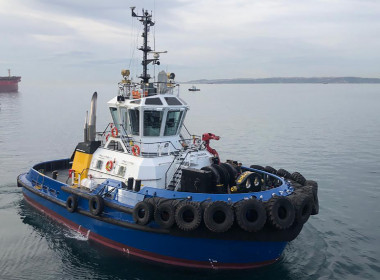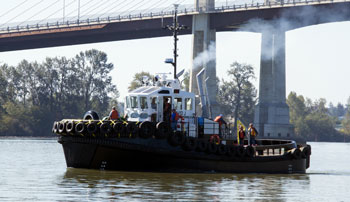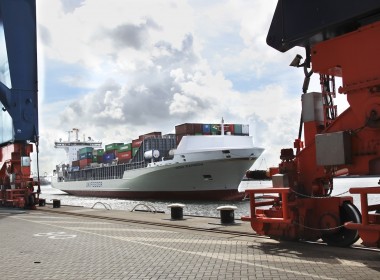FEATURE | World’s first artificial energy island to be built off Belgium

A consortium formed by Belgian companies Jan De Nul and DEME has won the tender for the construction of the world’s first artificial energy island.
The construction of the foundations of the Princess Elisabeth Island will begin in early 2024 and will last 2.5 years. After that, the installation of the high-voltage infrastructure can commence. The latter will be necessary for bringing the electricity from Belgium’s future offshore wind zone to shore.
The island will also be the first key component of an integrated European offshore electricity grid that will connect various hubs and countries together. For instance, Belgium wants to build additional joint interconnections with Great Britain and Denmark. These will give access to the massive amounts of renewable energy that are needed to make the industry less dependent on fossil fuels in the short term.
The tender process for the island started in January 2022. Belgian utilities company Elia received multiple bids from companies based locally and abroad. Based on the defined criteria, Belgian consortium TM Edison emerged as the winner, thanks in part to the consortium members’ experience and expertise in the fields of dredging, land extension, coastal protection, and civil engineering.
Streamlining offshore wind power distribution for the European market
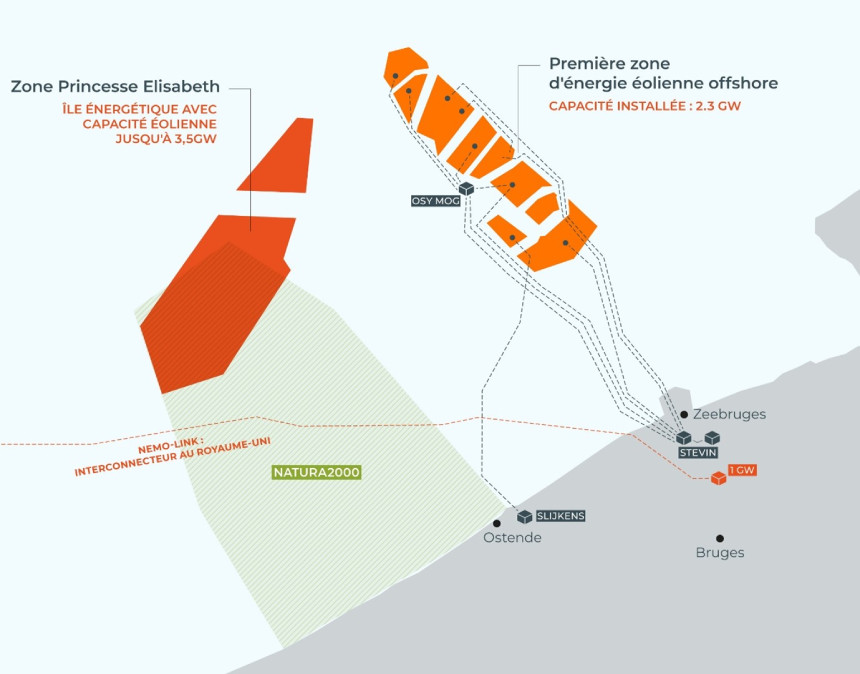
Named in honour of the heiress apparent to the Belgian throne, Princess Elisabeth Island will be the world’s first artificial energy island that combines both direct current (HVDC) and alternating current (HVAC). The island’s high-voltage infrastructure will bundle the wind farm export cables of the Princess Elisabeth zone together, whilst also serving as a hub for future interconnectors with Great Britain (Nautilus) and Denmark (TritonLink).
These are so-called “hybrid interconnectors” that have a dual function and are therefore more efficient. They facilitate the exchange of electricity between countries and are also connected with large offshore wind farms in the North Sea that will in due course provide Belgium with significant volumes of renewable energy.
The energy island will be located in the North Sea about 45 kilometres off the coast. The area set aside for the installation of the electrical infrastructure will be approximately six hectares in size. The artificial island will be located within the Princess Elisabeth wind zone and will be constructed from concrete caissons filled with sand. A small harbour and helicopter platform will also be provided in order to allow maintenance crews to visit the island.
The energy island has received funding from the European Covid Recovery Fund. The Belgian government decided to award the island with a grant of approximately €100 million (US$109.15 million).
Project testing and construction phases
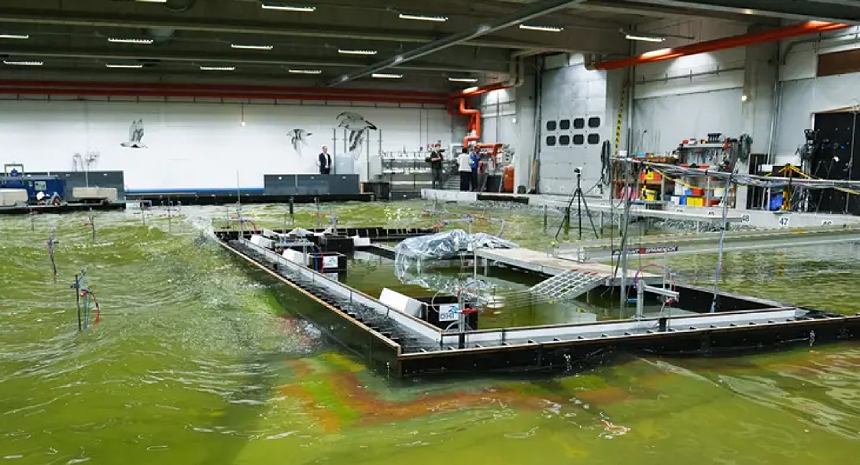
The development program of the Princess Elisabeth Island also includes testing of a 1/60 scale model at the facilities of Danish environmental services specialist DHI. The 8.6- by 3.8-metre scale model is being used to test the resistance of the design against current and waves that can occur during storms. DHI said the tests simulate the effect of extreme storms with a return period of up to 10,000 years.
For the Princess Elisabeth Island, the combinations of waves and currents simulated have a statistical probability of occurrence between one and 10,000 years. In one test, DHI demonstrated parameters such as the influence of the angle at which a wave hits the island will be looked at for a 1,000-year storm. Tinne Van der Straeten, Belgium’s Minister of Energy, said that the state-of-the-art hydraulic testing will enable further refinements to the structure of the energy island.
The construction of the island will start in early 2024 and will continue until August 2026. The caissons will be built and installed in 2024 and 2025 to form the contours of the island. After that, the base of the island will be raised and prepared for the construction of the electrical infrastructure. It will be connected with the new offshore wind farms and with the Elia onshore grid.
Elia aims to ensure all wind farms are fully connected to the mainland by 2030. Also, as part of its application for an environmental permit for the energy island, and in particular in the accompanying environmental impact report, Elia has been working towards limiting the effects of its activities on the marine environment, in terms of the alternatives studied for establishing the energy island and the implementation methods. The design of the island (shape, orientation, etc.) will contribute to limiting any adverse effects.


